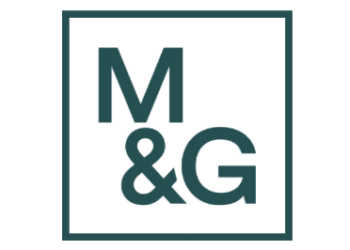Private sector pension scheme deficits grew by 86 per cent over 2016, with combined UK scheme deficits of £434bn at the end of December, up from £233bn 12 months earlier, according to JLT Employee Benefits.
| At 31 December 2016 | Assets | Liabilities | Surplus / (Deficit) | Funding Level |
| FTSE 100 Companies | £596bn | £765bn | (£169bn) | 78% |
| FTSE 350 Companies | £675bn | £866bn | (£191bn) | 78% |
| All UK Private Sector Pension Schemes | £1,448bn | £1,882bn | (£434bn) | 77% |
JLT estimates that FTSE100 companies alone have a combined deficit of £169bn on an IAS19 basis, a funding level of 78 per cent, down from 88 per cent a year ago.
The consultancy says that while the deficit is below the record heights of over £500bn in the aftermath of the Brexit vote, the fact that shortfalls will be recorded in companies’ year-end reports means de-risking should become more widespread.
| At 31 December 2015 | Assets | Liabilities | Surplus / (Deficit) | Funding Level |
| FTSE 100 Companies | £536bn | £606bn | (£70bn) | 88% |
| FTSE 350 Companies | £605bn | £686bn | (£81bn) | 88% |
| All UK Private Sector Pension Schemes | £1,225bn | £1,458bn | (£233bn) | 84% |
JLT Employee Benefits director Charles Cowling says: “This last month we have seen a slight deterioration in deficits but they are still below the record heights of over £500 billion recorded at the end of August, as markets rallied from Brexit and the US election shocks. However, pension scheme deficits are still significantly larger than the levels at the start of the year and there appears to be no relief in sight for companies with large pension schemes. Indeed, these figures represent a record year-end deficit position for companies and their pension schemes.
“Now we have reached the all-important year-end for many companies, we are going to see many companies’ accounts showing a marked deterioration in their year-end pension numbers. There will be instances where the pension scheme will represent a serious threat to the company’s balance sheet and, in some cases, the company’s ability to pay dividends.
“We can hope that pension schemes will take further steps to manage both assets and liabilities and to reduce pension risks down to an affordable level. The tools now exist for an effective de-risking of pension assets and liabilities, which, whilst not promising a silver bullet, do mean that pension problems can be managed and solved in time. Maybe 2017 will be the year when formal end-game de-risking strategies are at last embraced by the majority of pension schemes.”
Intelligent Pensions head of pathways Andrew Pennie says: “Defined benefit pension schemes are on a hiding to nothing. The cost of matching their liabilities looks to be going down a one-way street – in the wrong direction.
“Clearly, there is a balance between funding pension costs, making profits and satisfying and attracting shareholders. We have to have some sympathy with companies who are funding the highest cost of defined benefit accrual since 2009, despite falling member numbers, and have also had to incur costly auto-enrolment and pension freedom communication exercises.
“The sad fact is we are highly likely to see a lot of scheme closures in the coming months and years, unless the cost of funding defined benefit pensions can be made more affordable. One wonders whether the public sector defined benefit pension scheme will also come under similar pressures?”




